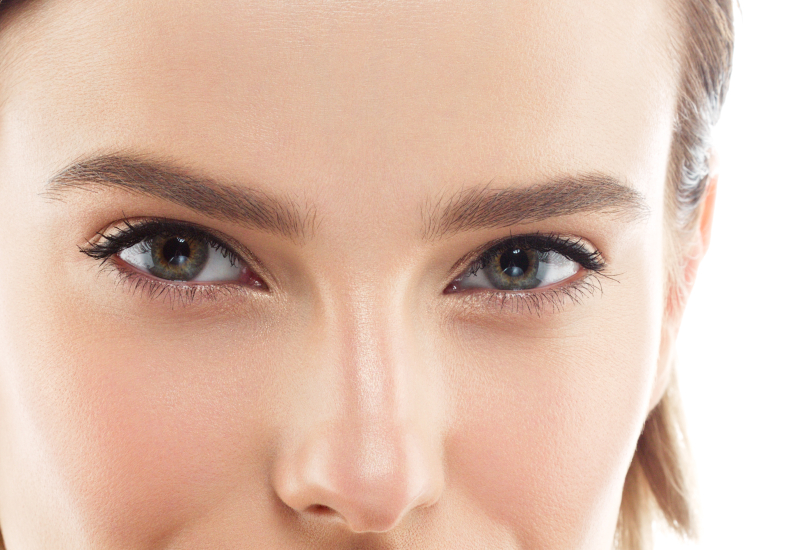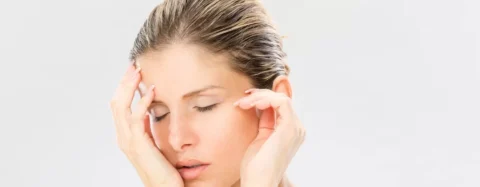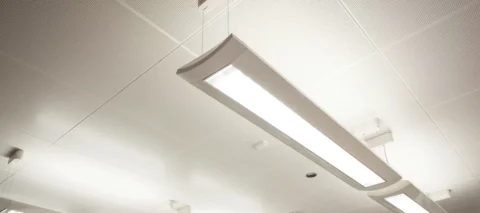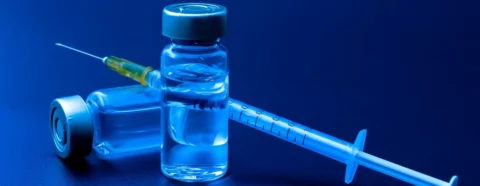The beauty industry is full of many “miracle wonders” that claim to reverse aging. There are creams, powders, drinks, and surgical treatments that promise to erase years off of your face, but one unbelievably effective solution is Botox. Many women and even men swear by this treatment, and one of their primary target areas is the forehead, where signs of aging are usually more prominent.
How many units can one treat the forehead with Botox? The number of Botox units used depends on the individual. It will be customized according to one’s gender, the strength of facial muscles, and other factors that may influence the amount of Botox the person needs. Read on to learn more.
How Many Units of Botox Are Recommended for Forehead?
Botox injections for the forehead work to smooth horizontal lines and vertical wrinkles between the eyes. The injections work to loosen the muscles that cause these wrinkles to form. Some patients may opt for Botox injections in their foreheads. This is to lessen the presence of horizontal forehead wrinkles and vertical frown lines.
When defining how many Botox units you’ll need for your forehead, the most significant factor to consider is your gender. For females, it’s normally recommended that 10 to 30 units be injected into the forehead for effective treatment, but one’s age and the intensity of the wrinkles are also added factors to examine. The deeper the wrinkles, of course, the higher the number of units required. On the other hand, men need 2 to 3 more units than their female counterparts, especially in the frown lines over the nose since men’s tissues tend to be more potent in this area.
Practitioners may begin with a low forehead Botox unit dosage in each injection at first. They’ll give you a few weeks, normally 1 to 2, to see how that dose goes for you. You may then take a few additional units. From there, your practitioner will have a thought of how many units you need at later visits. Commonly, Botox injections are spaced roughly 3 to 4 months apart. When you first begin getting injections, treatment results may not last as long. You may decide that you need to return to your practitioner 2 to 3 months after the first treatment.
Which Other Areas of the Face Can Botox Treat?
Aside from the forehead, the common facial area that’s treated with Botox are areas with dynamic wrinkles like crow’s feet (lateral canthal lines) and the frown lines, which become more pronounced when you make a facial expression. No matter which Botox provider you decide to visit, it will always be measured out in units.
Allergan, the manufacturer of Botox Cosmetic, suggests that the following units should be given:
- Crow’s Feet (Lateral Orbital Lines) — 10 to 12 units per eye (2 eyes would mean 20 to 24 units)
- Frown or Glabellar Lines — 15 to 20 units
- Botox Brow Lift (Botox infiltration through the orbicularis oculi muscle helps lift eyebrow) — 15 to 20 units
- Bunny Lines (Transverse nasal) — 10 units
- Gummy Smile — 2.5 to 5 units
- Masseter Muscle — 15 to 20 units
- Neck — 50 to 100 units
You can get multiple injections during your visit. So if you were looking to get all three areas done, you would need 64 units. This may be less depending on the severity of the area of treatment. Remember that this is simply a guide. Your cosmetic professional is the best person to make recommendations. Be sure you always listen to their suggestions and let them know if you have questions or concerns.
Is the Use of Botox Limited to Treating Aging Face?
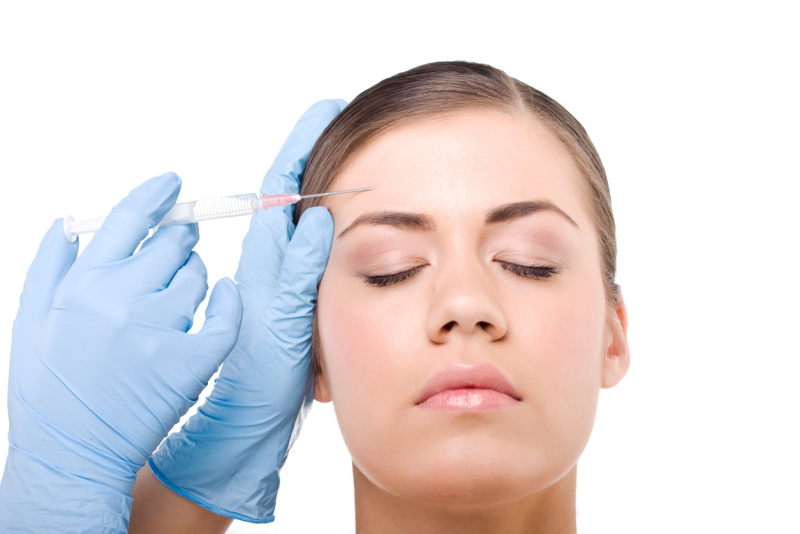
Apart from the Botox benefits on the patient’s face, the biological blocking powers of this treatment are helpful in treating muscular disorders, migraines, and some bowel disorders. Like Dysport injection, a non-surgical form of wrinkle treatment, Botox can treat muscle stiffness, muscle spasms (Botox interrupts the signal that the brain passes to through the nerves to stimulate muscle movement. The result is reduced muscle spasm), overactive bladder, or loss of bladder control, too. It also helps in stopping excessive sweating.
Botox vs. Dermal Filler
Botox and dermal filler are often confused, given both cosmetic treatments are injectables. The most significant difference is that Botox cosmetic treatment freezes muscles (like the forehead muscle or frontalis muscle) and prevents line formation. In contrast, filler fills lines and brings back volume to lend to a plumper, more youthful look. Botox can’t restore lost volume or fill in deep lines or wrinkles. Meanwhile, Baby Botox is a preventative Botox procedure. With this kind of treatment, little amounts of Botox are injected into various face areas, preventing forehead lines (mainly horizontal forehead lines), crows feet (wrinkle around the eyes), and glabella lines from forming.
How Long Does It Take for Botox to Work?
As a neuromodulator that relaxes muscles and keeps them from working at their total capacity, thereby reducing the wrinkles they cause, Botox usually begins to take effect anywhere from 3 to 5 days after treatment. However, it can take up to a full 14 days after treatment for the full results to become visible.
This delay is caused by how long it takes for a person’s body to begin reacting to the Botox injection. Patients who have stronger facial muscles could possibly take a little more time for the treatment to start taking effect.
Is Botox Safe?
Botox or botulinum toxin, the number 1 most popular cosmetic treatment in the United States, has been used carefully and successfully for years. It’s quick and practical, and the side effects usually are hardly noticeable and gone in a few days. Side effects are frequently bruising and swelling of the injection site. Patients may also encounter headache and flu-like symptoms and, in more severe and less common cases, temporary eyelid drooping. The best way to prevent these possible side effects is to book your Botox injections with a skilled esthetician or plastic surgeon. Botox results are most successful when done and managed by an experienced practitioner.
Before booking treatment, keep in mind that the best candidate for Botox is someone in good physical and psychological health. If you’re expecting or breastfeeding a child or have specific neurologic diseases, you shouldn’t get Botox injections. Botox is also inadvisable if you’re allergic to cow’s milk protein. If you have any issues about your qualification for Botox injections, talk with your dermatologist or certified injector before receiving any injections.
The Professional Botox Treatment Provider, at Your Service
Botox doesn’t only treat wrinkles and fine lines. It limits them, too. If you’re keen on reversing signs of aging on your face and maintain a smoother, line-free complexion, this minimally invasive cosmetic procedure is for you. For safe and effective Botox treatment, trust only Ethos Aesthetics + Wellness. All of our cosmetic procedures are facilitated by board-certified physicians who are highly qualified and will make a personalized treatment plan specifically for you. Book your appointment with Ethos Spa now and feel joy with your face without frown lines.

